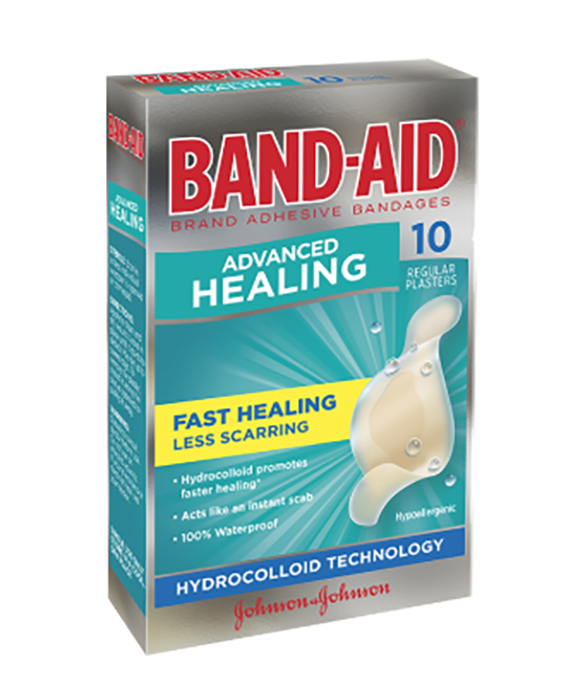Dr Andrew Rochford's top tips for wound care and how to prevent scarring
- Written by Dr Andrew Rochford

1. Wash your hands with soap and water before tending to your wound.
2. Keep your skin injury clean by washing the area with antibacterial soap or ointment.
3. Use a clean cloth or gauze to put pressure on the wound for a few minutes to stop any bleeding - Cleaning any dirt or debris out from a cut will help it heal quickly and lower chance of infection.
4. Ensure bandages have cushioning to reduce pain and protect the wound.
5. Use a bandage big enough that it doesn’t stick to the actual wound, but instead the skin surrounding it.
6. Treat wounds immediately with Hydrocolloid bandages and keep on the wound until it’s healed to reduce chance of scarring.
7. Use bandages with hydrocolloid technology that lock in the body’s natural restorative power and protect against germs.
8. Keep your wound dressed, it will heal faster if kept warm.
9. Wounds are more likely to heal if they’re treated with moist rather than dry dressings. This also stops the forming of a dry scab, which can cause scarring.
10. Don’t touch any hard scabs that form, removing them can increase the chance of permanent scarring.
11. Apply sunscreen to the wound after it has healed. SPF will help reduce discolouration and help any scarring fade quickly.
CREDIT: BAND-AID® Advanced Healing using Hydrocolloid technology, which offers a better way to heal, with increased cushioning, reduced chances of scarring and faster healing.




